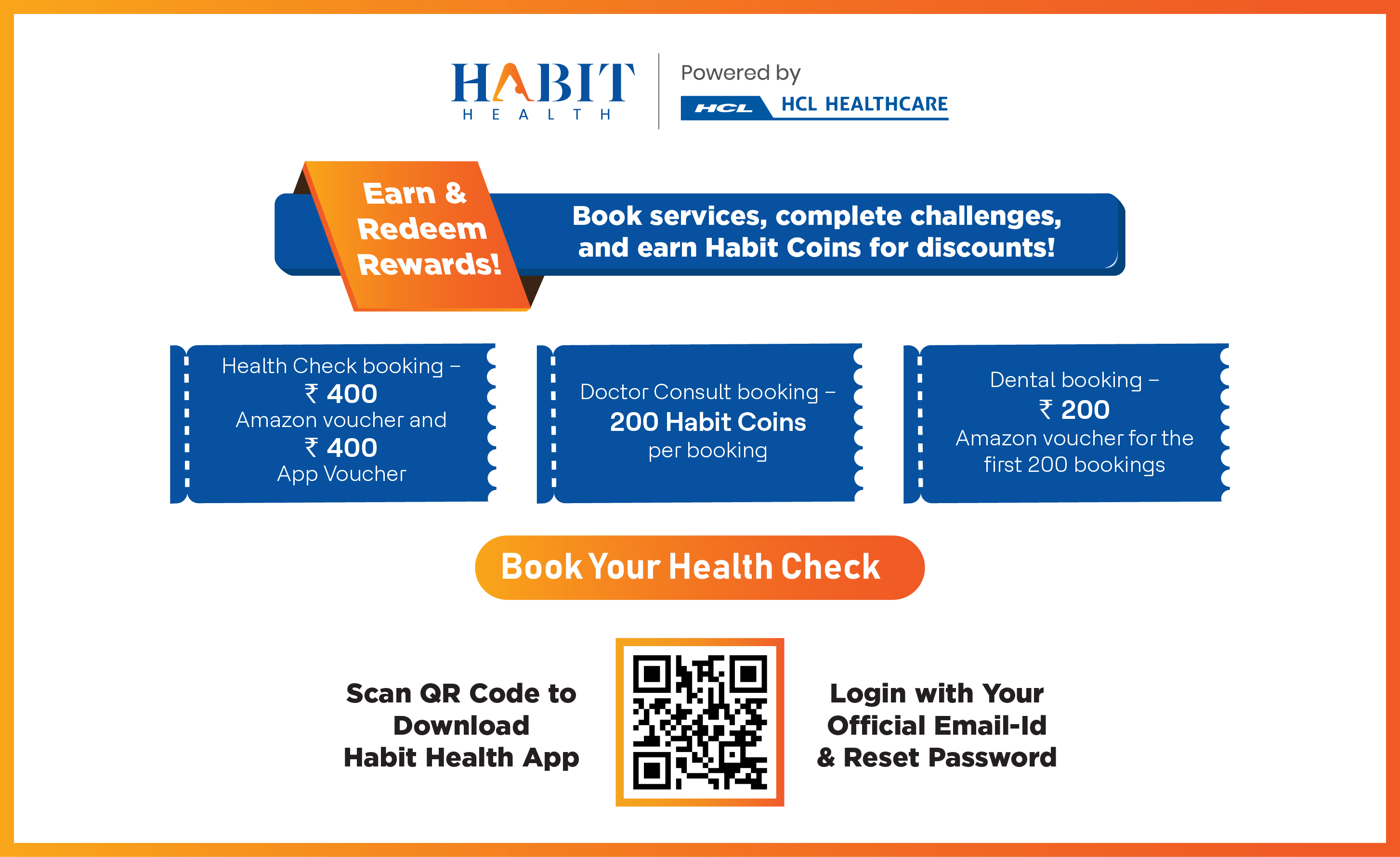“Old habits die hard.”
This adage rings especially true when we consider our health and lifestyle choices. Many of us aspire to be more active, eat healthier, and lead a more balanced life. However, the journey from intention to action, and finally to a sustainable habit, is often fraught with challenges. In this blog, we’ll explore the stages of building healthy habits, offer practical tips, and suggest five healthy habits to incorporate into your daily routine.
Building Healthy Habits: Your 21-Day Guide
Have you ever wondered why it’s hard to start a new habit like eating better or exercising? It’s because our daily routines are hard to change. But there’s good news! It’s said that if you do something for 21 days in a row, it can become a new habit. We will help you understand this 21-day rule and figure out where you are in your journey to healthier habits.
Why 21 Days?
The idea is that if you do something every day for 21 days, it starts to feel normal. These 21 days are a small part of the year, but they’re important. Think of it like this: eating one unhealthy meal won’t ruin your health, just like eating one healthy meal won’t make you instantly healthy. It’s what you do most of the time that counts. You don’t need to be perfect, just consistent.
The Four Stages of Building a Habit
- Contemplation: This is when you’re thinking about making a change but haven’t started yet. You might be here if you know you want to be healthier but aren’t sure how to start.
- Preparation: Now you’re getting ready. You’ve decided to make a change and are thinking of ways to do it.
- Action: This is when you start doing the new things you planned, like eating better or exercising.
- Maintenance: You’ve been doing your new habits for a while, and they start to feel like a normal part of your life.
5 Habits that will pave the way for a healthier YOU
- Eat Right: Focus on incorporating a variety of fruits and vegetables, lean proteins like fish and chicken, and whole grains. These foods are rich in essential vitamins, minerals, and fiber. A plethora of studies confirm that eating a balanced diet can reduce the risk of chronic diseases like heart disease, diabetes, and obesity. It also helps in maintaining a healthy weight and improving overall health.
- Regular Exercise: Aim for at least 150 minutes of moderate-intensity exercise (like brisk walking) or 75 minutes of vigorous-intensity exercise (like running) each week. This helps you to strengthen the heart, improves circulation, and helps in weight management. It also releases endorphins, which can improve mood and reduce feelings of depression and anxiety.
- Managing Stress: Engage in stress-reduction activities such as meditation, yoga, or deep breathing exercises. Maintaining positive social relationships and seeking professional help when needed are also vital. Good mental health enhances your ability to handle stress, relate to others, and make choices. It’s essential for personal well-being, family and interpersonal relationships, and the ability to contribute to the community or society.
- Adequate Sleep: Adults should aim for 7-9 hours of quality sleep each night. Adequate sleep helps in maintaining cognitive functions, such as attention and memory. It also plays a role in regulating mood and is linked to better heart health, hormonal balance, and weight control.
- Routine Health Checks: Schedule regular visits to your healthcare provider for screenings like blood pressure, cholesterol levels, and other potential health indicators. Preventive healthcare helps in the early detection of disease and opens doorways for better treatments.
How to Stick to Healthy Habits?
Adopting and maintaining healthy habits is a common challenge many of us face. Whether it’s eating better, exercising more, or managing stress, the key to success lies not just in making these changes but in sticking to them. How do we transform these good intentions into lasting behaviors? Here are three effective strategies that can help you maintain your healthy habits over the long term.
- Habit Stacking: Habit stacking involves integrating a new habit with an existing one. This pairing creates a natural trigger for the new behavior. For example, if you already have a habit of drinking a cup of tea every morning, you could stack a new habit of reading a health-related article during this time. This association makes the new habit easier to remember and follow.
- Start Small: Beginning with small, manageable goals makes the process less daunting and more sustainable. Instead of aiming for an hour of exercise daily, start with 15 minutes and gradually increase the duration. Small successes build confidence and motivation, paving the way for more significant changes.
- Consistency: Consistency is the cornerstone of habit formation. Regular repetition of an action reinforces it as a habit. Set a specific time for your new habit, like a 10-minute walk after dinner. The regularity of this practice helps to solidify it as a part of your daily routine, eventually making it second nature.
Conclusion
Embarking on the path to healthier habits is not just about making changes; it’s about transforming your life. While the journey may seem daunting, remember that “a journey of a thousand miles begins with a single step.”
Start small, be consistent, and gradually, these habits will become an integral part of your life, leading to a healthier, happier you. Remember, the best time to start is now!











